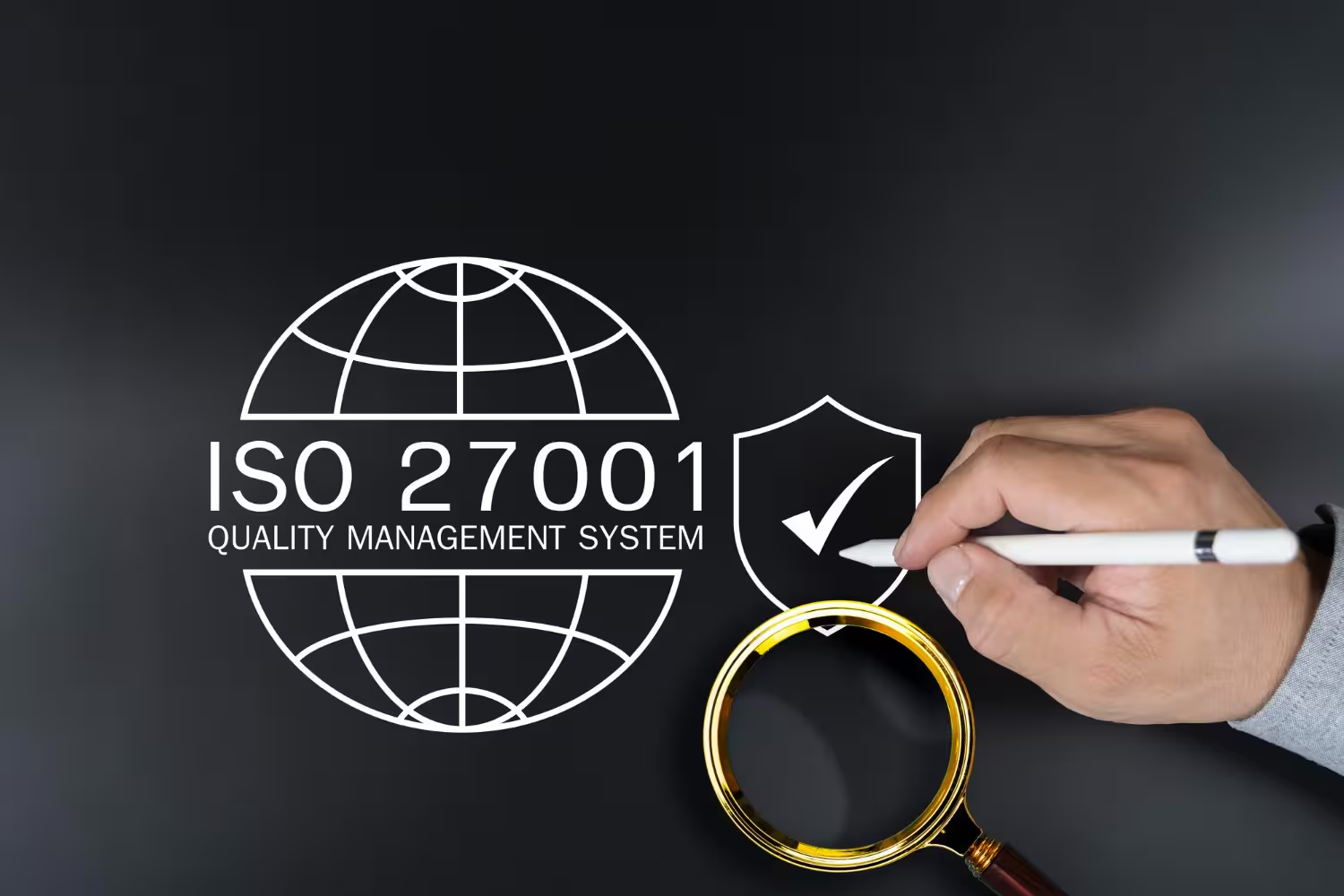6 Reasons To Use Online Healthcare Compliance Training
This blog post focuses specifically on the best format for your HIPAA training, which is online. Let me explain why.

As a healthcare organization, you already know that there are certain laws and regulations in place that you need to follow. But, that’s the easy part.
What’s more difficult, though, is providing proof. You need to show that your organization makes consistent efforts towards complying with those laws.
Even though being “fully-compliant” isn’t an attainable goal, it’s still something you have to make an effort towards. If you don’t, you’ll get slammed with a fine the moment an audit comes your way.
It seems like every industry has a massive, looming regulation. Accounting firms have to worry about Sarbanes-Oxley (SOX). Construction companies and contractors need to ensure that their workplaces are safe because of the Occupational Safety and Health Act (OSHA). Even farmers need to meet specific food safety measures put in place by the US Department of Agriculture (USDA).
I’m not trying to sound like I’m complaining about all of the regulations put in place, they’re all necessary…
- SOX ensures that accountants aren’t cheating their way to success.
- OSHA protects workers by making sure worksites aren’t cutting corners.
- USDA helps keep food safe to consume.
But, in the context of this blog post, there’s one regulation that has a massive impact on the daily operations of healthcare organizations, the Health Insurance Portability and Accountability Act (HIPAA).
If you’re a medical professional, you know of this law, regardless of what side of healthcare you’re on. In other words, you recognize that it exists to keep the sensitive information for every patient private and secure.
Further, it’s safe for me to assume that you’ve noticed that HIPAA is rather ambiguous in its requirements. Instead of flat out telling you what’s required it leaves room for interpretation. That fact alone is one of the leading reasons why the HHS approximated that around 70% of organizations aren’t HIPAA compliant.
Nevertheless, you’re left trying to figure out how the best practices to protect and secure your patient’s most sensitive information.
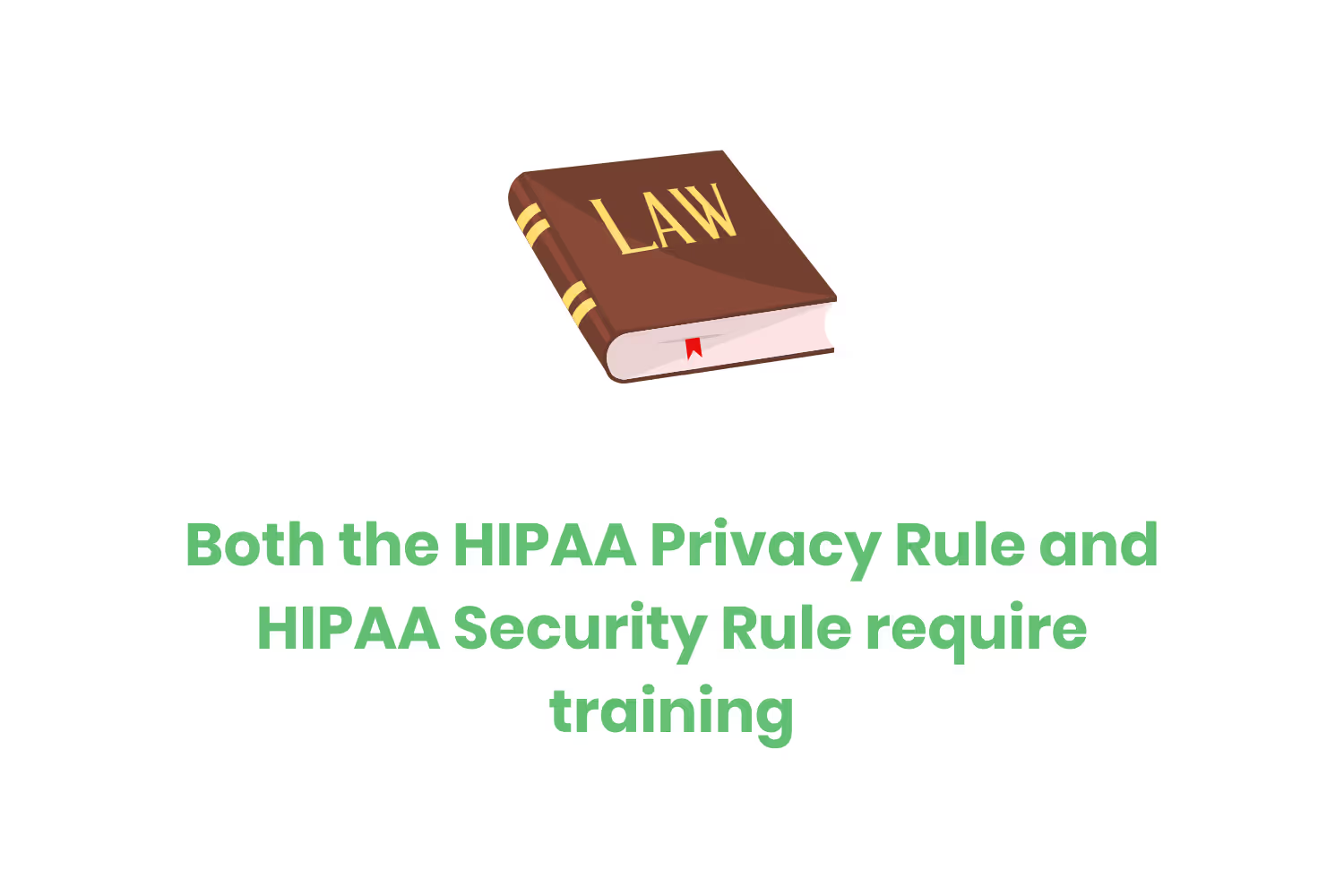
One of the most heavily emphasized requirements within HIPAA is employee training. The law mentions this in both the Privacy Rule (45 CFR § 164.530(b)(1)) and Security Rule (45 CFR § 164.308(a)(5)).
Both sections state that training your employees on the intricacies of the respective section is a requirement. However, they don’t say when, or how often to require your team to attend a training session or what format they should be in.
Well, I’ll tell you upfront that the best practice is to implement HIPAA training within the first week of employment and on an annual basis. Dissecting the reasons why that’s the industry standard falls outside of the scope of this blog post.
Instead, this blog post focuses specifically on the best format for your HIPAA training, which is online. Let me explain why.
Availability and Time Savings Rule
We live in a world where patients can virtually summon their physicians at the palm of their hand through telemedicine technologies and doctors can monitor their clients from a remote location with help from mHealth technology.
In other words, the healthcare industry is starting to realize the benefits of electronic experiences.
Online compliance training is just another example of an aspect of healthcare that comes with massive benefits.
One of the biggest benefits that comes with this type of training is its availability. You won’t have to worry about scheduling a meeting with all or a group of your employees. Instead, you can send out your session when you want to and set a deadline.
From there, your employees will be able to access the module you sent out from wherever, whenever on whichever device they want to.
They won’t have to worry about stopping what they’re working on and physically bring themselves to a room for an in-person lecture. Walking to the meeting room, finding a place to sit and waiting for everyone to get settled takes at least 10 to 15 minutes alone.
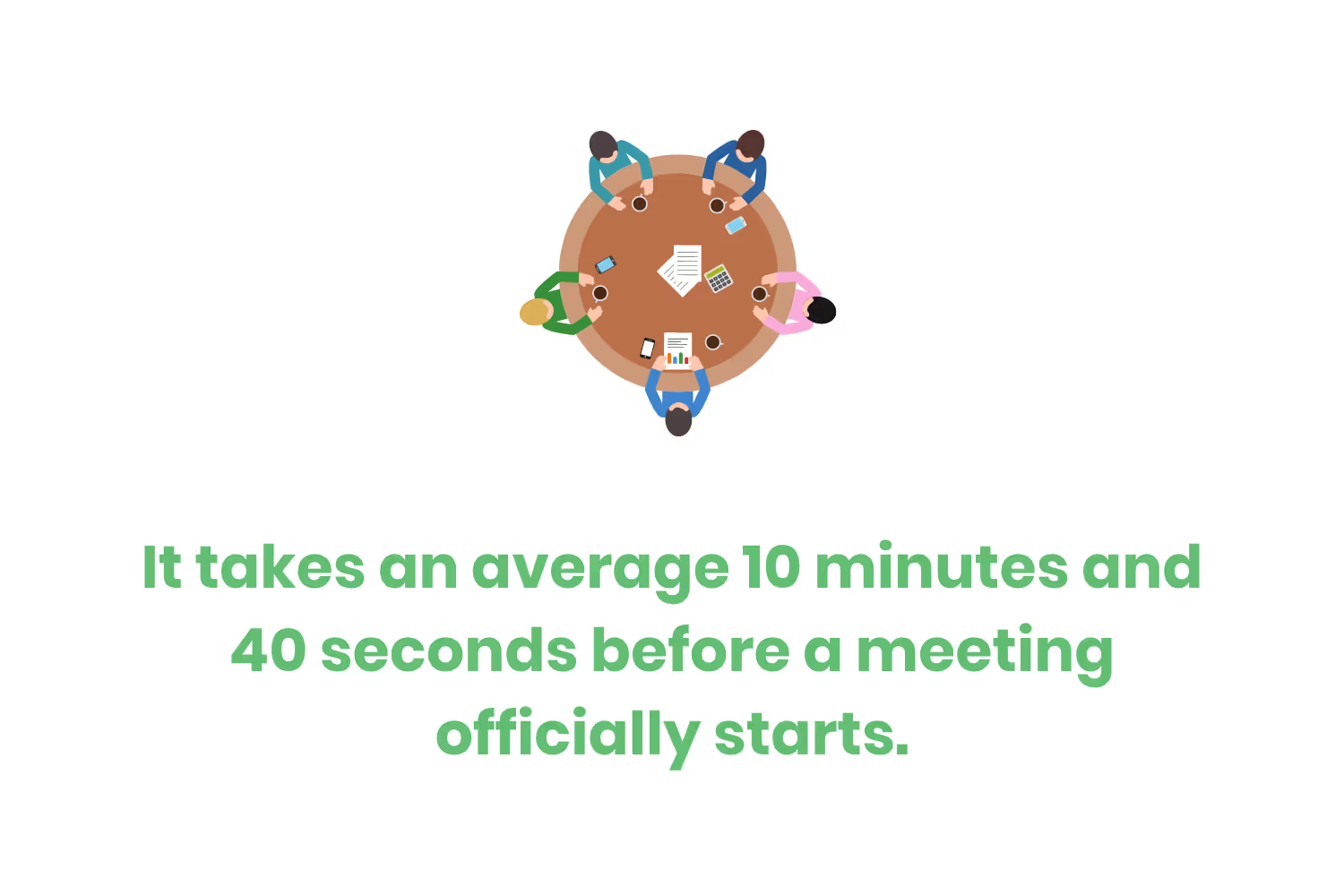
Further, it takes another 10 minutes and 40 seconds on average once everyone is ready to get started between introductions and small talk.
Maybe you don’t think 20 minutes is that bad of a loss and that you gain much more back in team-building with face-to-face training sessions. Yet, the actual time wasted is closer to 45 minutes. After you’ve completed your in-person training session, your employees have to walk back to their desks and refocus on what they were working on. It takes an average of 23 minutes and 15 seconds for someone to get back on task.
Increased Engagement and Retention
Let’s face it, the traditional classroom setting isn’t very exciting.
I’m not saying that to offend the teachers, instructors or professors of the world. I’m merely trying to say that there’s a reason why the majority of kids didn’t like school growing up.
When I say traditional teaching, what do you think of? Depending on your generation, you might have a different idea as to what that looks like. To me, a Millennial, I get flashbacks of teachers using those old projector screens with clear laminated material and Vis-a-Vis markers.
I always thought that those plastic sheets of paper that reflected on the wall were cool looking. I also remember daydreaming often.

Unfortunately, that doesn’t change that much in our careers. Almost 40% of employees admit to daydreaming during meetings and conference calls.
Meanwhile, The Research of America found that online courses increase student retention rates by 25-60%.
Since implementing an online healthcare compliance training course allows your employees to choose where and when they want to sit through it, they’ll be more receptive to the material and less likely to face any sort of distractions.
A Breath of Independence
It’s no secret that people work better at their own pace. After all, experts actually think it’s dangerous for organizations to take on an overly fast-paced mindset as it leads to more mistakes.
The only way to make compliance training independent in any capacity is to host it online.
This section goes hand-in-hand with the previous one. Switching from in-person to electronic allows your employees to work through your requirement on their time. They won’t have to plan their week around an upcoming meeting anymore. Instead, they can complete their online assignment when they have downtime.

Brian Hall Group determined that it takes 40-60% less time to get through an eLearning session than it does a traditional setting.
Since your newly implemented electronic sessions won’t take nearly as long, your employees will be much more inclined to complete them in the off-hours. Even if they don’t they’ll still feel an overwhelming sense of relief when they realize how much more time they have in their day upon completion.
No More Forgetting with Automation
Even though it’s your responsibility to implement some sort of HIPAA training for your employees that’s not your only responsibility.
For this section, I’m going to assume that you’re the owner of a healthcare practice or facility. However, this does still apply to those fringe business associates who provide services to medical organizations and have to sign a BAA (so keep reading).
The point I’m trying to make is that you have too many responsibilities as it is. Thus, adding “create a fully-fleshed out training module” isn’t something you have time for. Maybe you think you do have enough space in your schedule and decide to make your own module. That’s a fast track to getting burned out at your job but I digress.
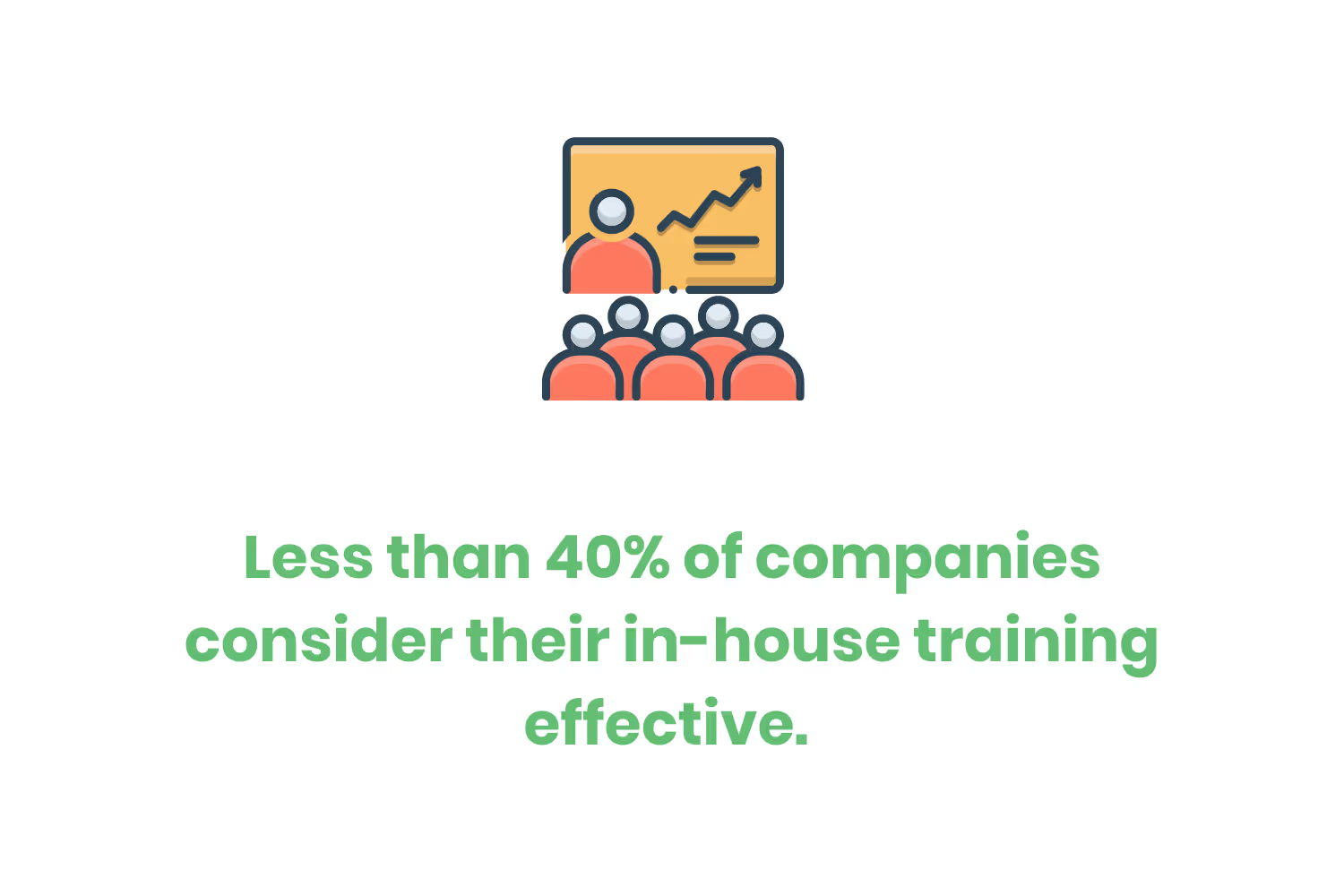
Less than 40% of companies consider their in-house training effective. That statistic means that making your own module usually results in an ineffective educational session for your employees. Thus, you’re still likely to face an unintentional HIPAA violation down the road.
Thus, you should outsource your compliance training to a vendor that’s devoted to making it fun and engaging. That way you’re saving yourself time, getting a return on your investment and protecting your organization if an audit occurs.
Proof Through Certifications
If you scroll through anyone's LinkedIn profile, you’ll end up finding a section where they list all of their certifications.
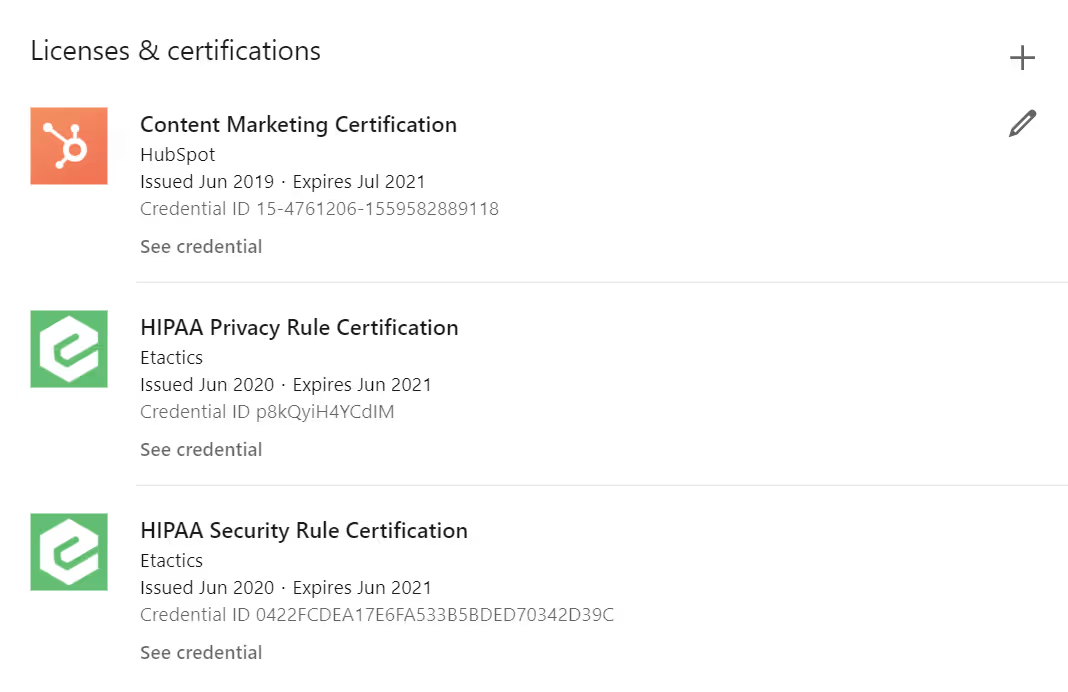
The image above is from my own LinkedIn profile. It contains information pertaining to what I’m going to cover in this section so it’s a great example.
Seeking certifications is an important part of continuing education. They’re a form of proof to current and future employers that you’re bettering yourself during your professional career.
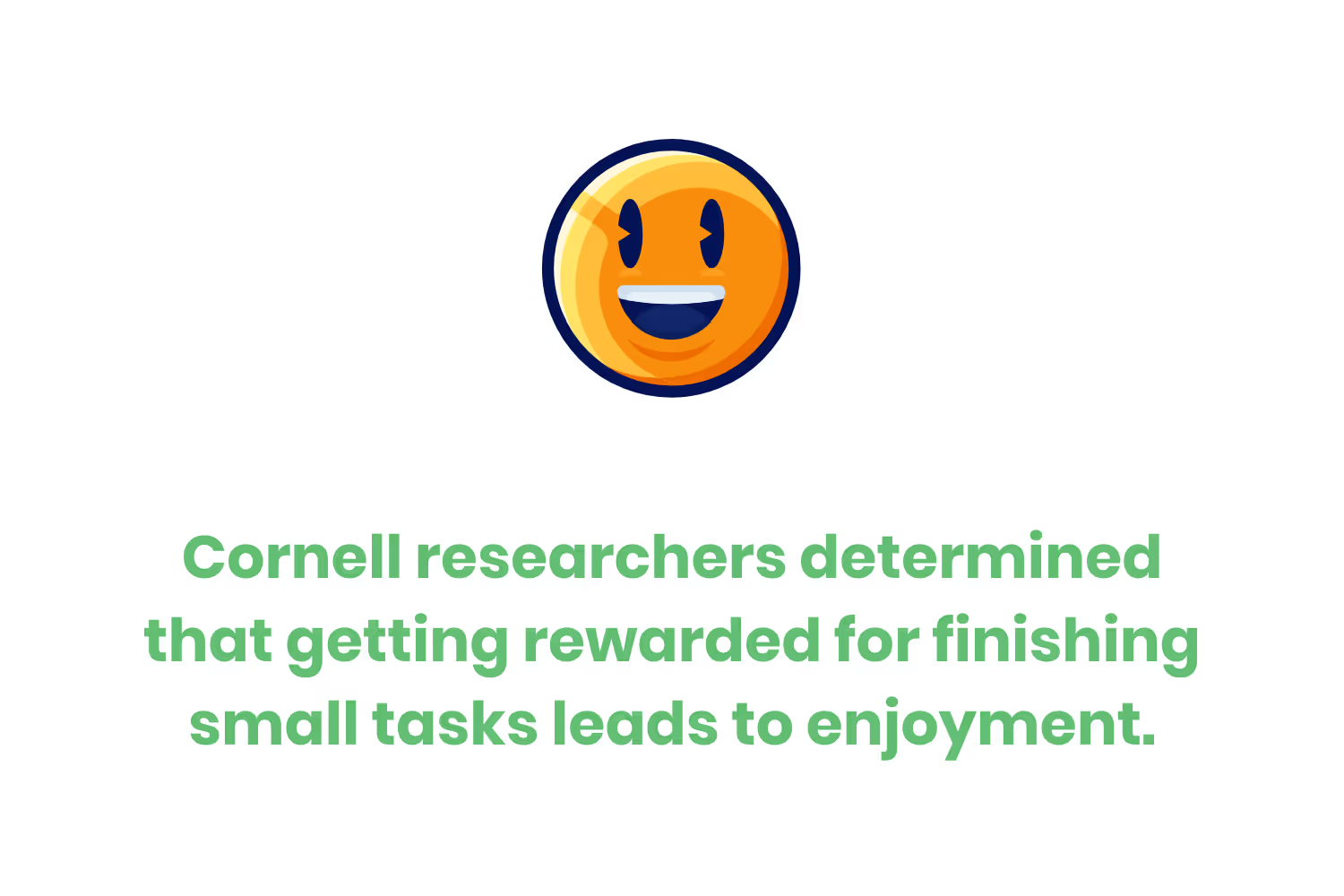
HIPAA certifications are a little bit different, though.
As you saw from the screenshot of my LinkedIn profile, I’ve listed my HIPAA Privacy Rule and Security Rule certifications that I received through Etactics’ own training module software. They only last for a year because we do these on an annual basis.
HIPAA’s governing body doesn’t officially recognize certifications. Yet, they give your employees something attainable upon completion. Cornell researchers determined that getting rewarded for finishing small tasks leads to enjoyment.
A Surprisingly Greener Option
I know what you might be thinking, ”how is using online healthcare compliance training good for the environment?”
By switching to an eLearning format, you won’t need to provide your employees with any paper handouts or materials. Any effort towards going paperless at your organization has a beneficial impact on the environment.
But, does switching to online compliance training REALLY have any impact on the environment?
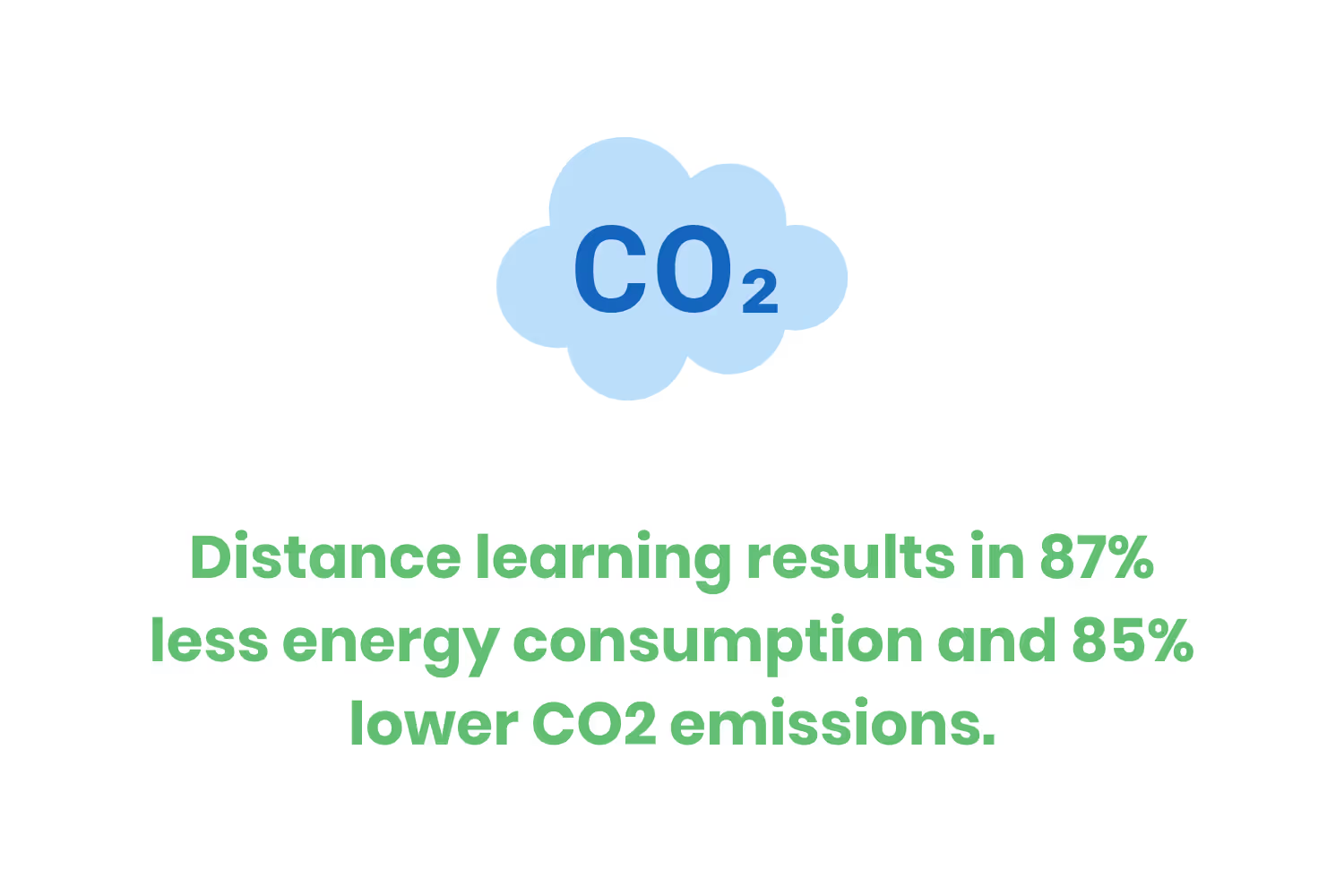
One UK study found that distance learning resulted in 87% less energy consumption and 85% lower CO2 emissions.
Out of everything I’ve listed so far in this blog post, this might be one of the most surprising yet impactful sections. The fact that something as simple as switching to online training has such a significant impact on the environment might be enough to sway you, especially if you’re on the fence.
Conclusion
I could’ve based this entire blog post on the trends we’ve seen over the past year with many education centers switching to online learning. However, that would’ve resulted in a much shorter blog post with me essentially saying, “Since most organizations worked remotely for a year, eLearning isn’t going anywhere.”
Instead, I explained the reasons why online training is the future. The events that occurred that forced many of us to a remote setting only accelerated the inevitable.
Emphasize your product's unique features or benefits to differentiate it from competitors
In nec dictum adipiscing pharetra enim etiam scelerisque dolor purus ipsum egestas cursus vulputate arcu egestas ut eu sed mollis consectetur mattis pharetra curabitur et maecenas in mattis fames consectetur ipsum quis risus mauris aliquam ornare nisl purus at ipsum nulla accumsan consectetur vestibulum suspendisse aliquam condimentum scelerisque lacinia pellentesque vestibulum condimentum turpis ligula pharetra dictum sapien facilisis sapien at sagittis et cursus congue.
- Pharetra curabitur et maecenas in mattis fames consectetur ipsum quis risus.
- Justo urna nisi auctor consequat consectetur dolor lectus blandit.
- Eget egestas volutpat lacinia vestibulum vitae mattis hendrerit.
- Ornare elit odio tellus orci bibendum dictum id sem congue enim amet diam.
Incorporate statistics or specific numbers to highlight the effectiveness or popularity of your offering
Convallis pellentesque ullamcorper sapien sed tristique fermentum proin amet quam tincidunt feugiat vitae neque quisque odio ut pellentesque ac mauris eget lectus. Pretium arcu turpis lacus sapien sit at eu sapien duis magna nunc nibh nam non ut nibh ultrices ultrices elementum egestas enim nisl sed cursus pellentesque sit dignissim enim euismod sit et convallis sed pelis viverra quam at nisl sit pharetra enim nisl nec vestibulum posuere in volutpat sed blandit neque risus.

Use time-sensitive language to encourage immediate action, such as "Limited Time Offer
Feugiat vitae neque quisque odio ut pellentesque ac mauris eget lectus. Pretium arcu turpis lacus sapien sit at eu sapien duis magna nunc nibh nam non ut nibh ultrices ultrices elementum egestas enim nisl sed cursus pellentesque sit dignissim enim euismod sit et convallis sed pelis viverra quam at nisl sit pharetra enim nisl nec vestibulum posuere in volutpat sed blandit neque risus.
- Pharetra curabitur et maecenas in mattis fames consectetur ipsum quis risus.
- Justo urna nisi auctor consequat consectetur dolor lectus blandit.
- Eget egestas volutpat lacinia vestibulum vitae mattis hendrerit.
- Ornare elit odio tellus orci bibendum dictum id sem congue enim amet diam.
Address customer pain points directly by showing how your product solves their problems
Feugiat vitae neque quisque odio ut pellentesque ac mauris eget lectus. Pretium arcu turpis lacus sapien sit at eu sapien duis magna nunc nibh nam non ut nibh ultrices ultrices elementum egestas enim nisl sed cursus pellentesque sit dignissim enim euismod sit et convallis sed pelis viverra quam at nisl sit pharetra enim nisl nec vestibulum posuere in volutpat sed blandit neque risus.
Vel etiam vel amet aenean eget in habitasse nunc duis tellus sem turpis risus aliquam ac volutpat tellus eu faucibus ullamcorper.
Tailor titles to your ideal customer segment using phrases like "Designed for Busy Professionals
Sed pretium id nibh id sit felis vitae volutpat volutpat adipiscing at sodales neque lectus mi phasellus commodo at elit suspendisse ornare faucibus lectus purus viverra in nec aliquet commodo et sed sed nisi tempor mi pellentesque arcu viverra pretium duis enim vulputate dignissim etiam ultrices vitae neque urna proin nibh diam turpis augue lacus.


